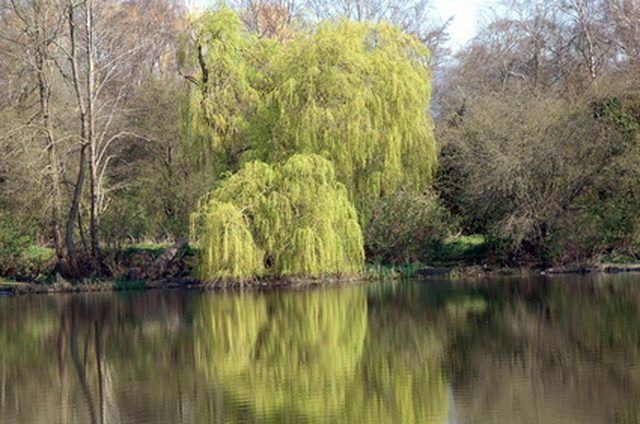Bulbs
Flower Basics
Flower Beds & Specialty Gardens
Flower Garden
Garden Furniture
Garden Gnomes
Garden Seeds
Garden Sheds
Garden Statues
Garden Tools & Supplies
Gardening Basics
Green & Organic
Groundcovers & Vines
Growing Annuals
Growing Basil
Growing Beans
Growing Berries
Growing Blueberries
Growing Cactus
Growing Corn
Growing Cotton
Growing Edibles
Growing Flowers
Growing Garlic
Growing Grapes
Growing Grass
Growing Herbs
Growing Jasmine
Growing Mint
Growing Mushrooms
Orchids
Growing Peanuts
Growing Perennials
Growing Plants
Growing Rosemary
Growing Roses
Growing Strawberries
Growing Sunflowers
Growing Thyme
Growing Tomatoes
Growing Tulips
Growing Vegetables
Herb Basics
Herb Garden
Indoor Growing
Landscaping Basics
Landscaping Patios
Landscaping Plants
Landscaping Shrubs
Landscaping Trees
Landscaping Walks & Pathways
Lawn Basics
Lawn Maintenance
Lawn Mowers
Lawn Ornaments
Lawn Planting
Lawn Tools
Outdoor Growing
Overall Landscape Planning
Pests, Weeds & Problems
Plant Basics
Rock Garden
Rose Garden
Shrubs
Soil
Specialty Gardens
Trees
Vegetable Garden
Yard Maintenance
How to Grow Weeping Willows From Cuttings
How to Grow Weeping Willows From Cuttings. One of the nice things about growing willow trees is how easily and fast they grow. You can plant a 2-foot seedling and within a couple of years, it will be over 15 feet high. One of the best ways to propagate a willow is by taking cuttings of an existing tree and rooting it. Within a few months, you will...

One of the nice things about growing willow trees is how easily and fast they grow. You can plant a 2-foot seedling and within a couple of years, it will be over 15 feet high. One of the best ways to propagate a willow is by taking cuttings of an existing tree and rooting it. Within a few months, you will have a new willow tree. Rooting is simply a process of several steps that stimulates the tree into generating new growth.
Things You'll Need
Pruning shears
Shovel
Rake
Plant pot
Soil
Collect your will tree cuttings or whips. These can come from any healthy willow tree and need to be about 1/4 to 1/2 inch thick and about 6 inches long or at least have four buds on them. Place them into water immediately so that their cut ends do not dry out. As soon as you separate them from the mother tree, they will start producing a rooting hormone that will cause them to start producing roots.
Prepare a potting container to hold them while they start rooting. It should be as deep as the cuttings are long. You do not have to be very particular about the kind of soil, as the willow whips will root very easily, just make sure the water has a way to drain.
Poke the soil with a long stick and slide the cuttings into the hole until you have buried them. Plant as many cuttings as the container can hold, keeping them about two inches apart from each other. Press the soil in around them.
Water the planted cuttings until it comes out from the bottom of the container. Place the container in a warm place for two weeks or until you see leaves sprouting up. Make sure the soil does not dry out during that time.
Empty the container near the site where you plan on planting the willow seedlings either permanently or for the next year. They should grow well in large (two 3-gallon plant pots) if you are not ready to place them in the ground. You should plant them in an area where they have plenty of water, but not near underground pipes. Separate each of the cuttings from the others carefully, so you do not damage the roots.
Dig a hole or poke a hole into the planting site or container and carefully set the rooted cutting in place. Firm the soil gently around it and water well. If the willow grows very quickly, you may have to stake it up the first year or two for support until the trunk is thick enough to hold the weight of the branches.